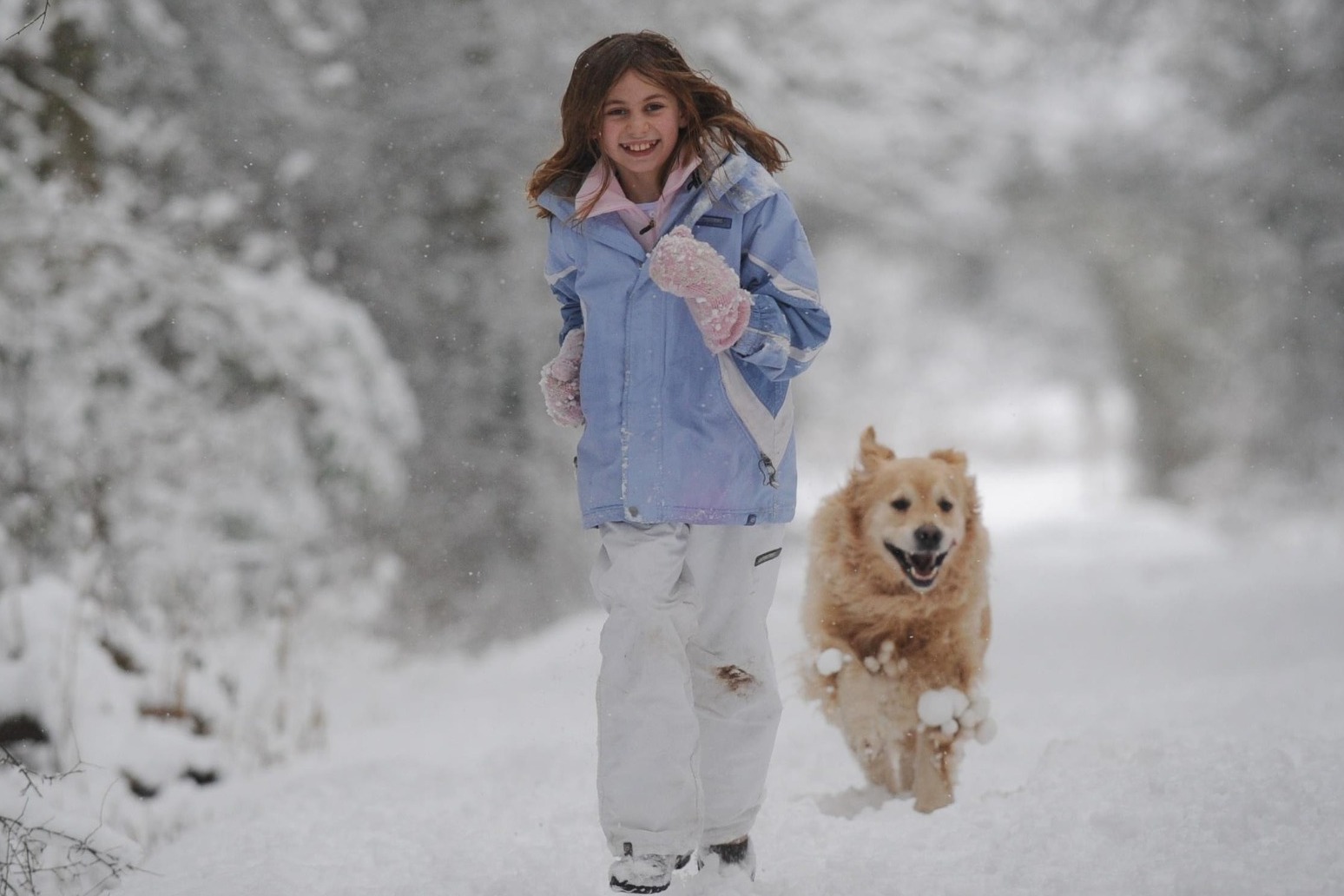
Study finds link between having a dog and girls’ physical activity
It's all because of things like walking the dog, playing in the garden and going to the park
Getting a dog could be linked to young girls spending almost an hour more being active per day, new research suggests.
According to the findings, getting a new dog or losing a family dog is associated with the level of physical activity undertaken by children in the family, with the impact most noticeable in girls.
The researchers say the study indicates that having a dog in the family could help promote healthy movement behaviour.
Lead researcher Emma Adams, from Telethon Kids Institute, Australia, said: “What these results show is that dog ownership can have a positive influence on children’s physical activity and that we start to see those benefits from early childhood.”
She explained: “I specifically wanted to look at the longitudinal effects of dog ownership so we could see if there were any changes in children’s movement behaviours after adding a dog to the household.
“We saw a significant jump in daily physical activity in children whose families acquired a dog over the study period, while those whose families experienced the loss of a dog recorded a steep drop-off in activity.
“The results were particularly noticeable in girls, with girls who acquired a dog increasing their light intensity activity and games by almost an hour a day (52 minutes).
“On the flipside, there was a marked drop in light intensity activity and games in girls who experienced the loss of a dog, with their activity dropping by 62 minutes a day.”
The researchers from Telethon Institute and The University of Western Australia, followed 600 children, aged between two and seven-years-old, over a three-year period to look at the impact of dog ownership (or loss) on physical activity levels.
The time they spent sedentary, on screens and physically active was measured at two separate times using accelerometers – small devices worn on the hip during waking hours for seven days at a time.
Parents were also asked how active their children were.
Half the children had no dog at any point in the study period, 204 had a dog for the entire three years, 58 acquired a dog during the study period, and 31 children lost a dog over the course of the study.
The study found that girls who acquired a dog increased their light intensity activities and games (slow walking or “pottering about”, standing, standing arts and crafts) by 52 minutes a day, and girls who lost a dog decreased their light intensity activities and games by 62 minutes a day, when compared to no change among non-dog owners.
Girls and boys who got a dog during the study increased their unstructured physical activity – such as playing in the garden, going to the park, walking or playing with the dog – by around seven occasions a week, compared to no changes in children whose family did not have a dog.
“If we excluded dog walking and playing, there were no changes in the unstructured physical activity, so we could see the changes in physical activity were actually from the addition of those dog-related activities,” Ms Adams said.
By contrast, children who lost a dog reduced their unstructured physical activity by 10.2 sessions a week for girls, and 7.7 sessions a week for boys.
Ms Adams said: “Regular physical activity from an early age is essential for children’s physical and mental health and development, but few children or adolescents are meeting recommended daily levels.
“Our findings indicate that having a dog in the family could help promote healthy movement behaviours in children and reduce their short- and long-term risk of chronic disease.
“It’s important to note that we’re not telling families to just go out and get a dog – having a dog comes with many responsibilities and won’t be right for everyone.
“Rather, it’s about encouraging families who already have a dog to make more use of this mechanism to encourage physical activity, because not all children who have a dog will be walking and playing with the dog.”
According to the researchers, the study published in International Journal of Behavioural Nutrition and Physical Activity, is the first to demonstrate the relationship between dogs and certain types of children’s physical activity over an extended period of time.
Published: by Radio NewsHub